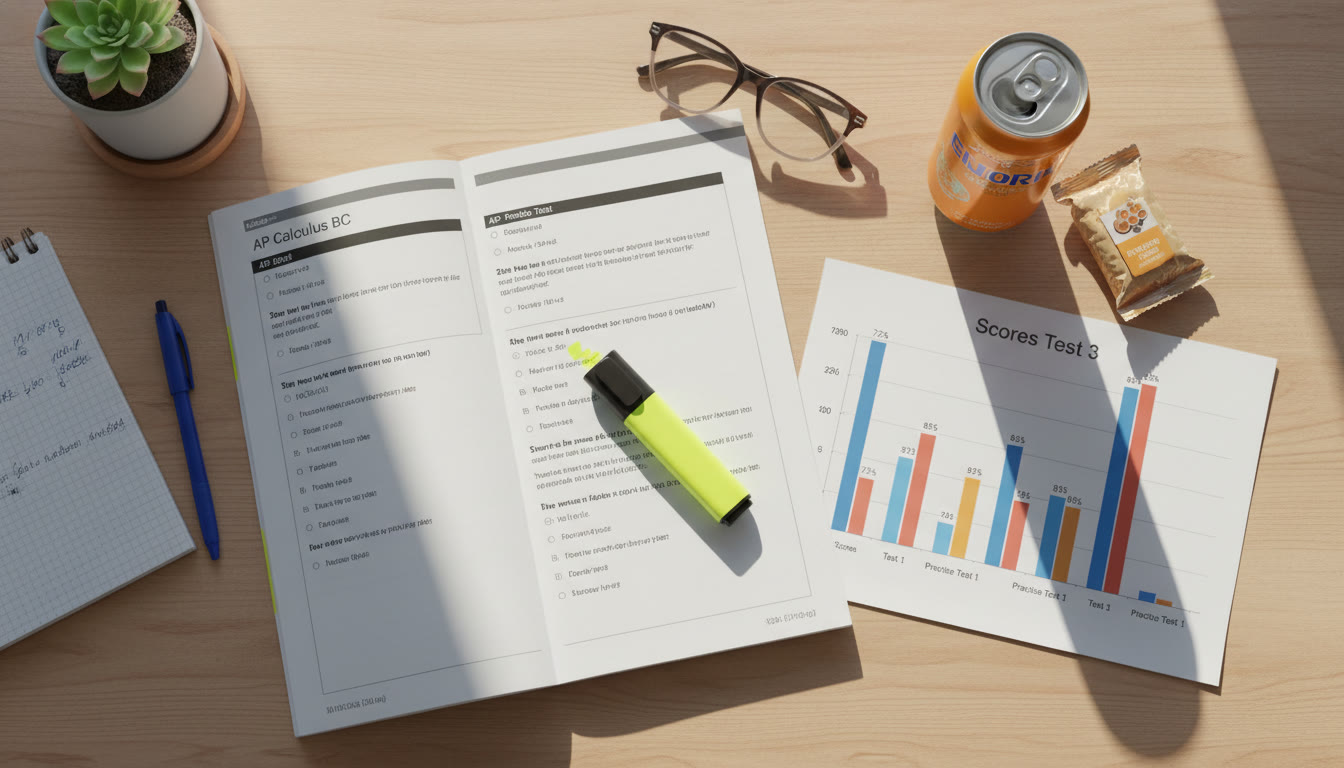Why Cross-Social Science Data Skills Matter for AP Success
When you open an AP Social Science exam — be it AP U.S. History, AP Psychology, AP Human Geography, or AP Government — you’ll find that the ability to read graphs and tables quickly is not a nice-to-have, it’s essential. Those charts and data presentations are compact packets of evidence that exam writers use to test your reasoning, not just your memory. Students who can slice through a figure in thirty seconds and pull out the exact piece of evidence the question asks for almost always score higher on document-based and short-answer sections.

The promise of speed with comprehension
Speed without comprehension is wasted time. What we want is the sweet spot: fast, accurate interpretation that feeds your answer. That combination turns intimidating visuals into predictable, tractable pieces of the exam. Throughout this guide you’ll get a reliable step-by-step routine, examples and mini-practices, a sample table breakdown, and a realistic practice plan you can apply in the final weeks before your AP test.
A 6-Step Framework to Read Any Graph or Table in Under 60 Seconds
Think of this as a mental checklist you run through like a formula — brief enough to be automatic, detailed enough to catch traps exam writers love to use.
- Step 1 — Identify the type: Bar, line, scatter, pie, stacked bar, histogram, or table? Each has patterns it highlights.
- Step 2 — Read the axes/labels and units: Who, what, when, and how measured? Check units (percentages, per 1,000, median, rate).
- Step 3 — Note the time frame and scope: Is the data a snapshot or a trend? National or local? Sample size indicated?
- Step 4 — Find the headline feature: Biggest difference, steepest slope, outlier, peak, trough, or consistent trend.
- Step 5 — Look for subtleties: Missing data, truncated axes, stacked categories that hide or emphasize differences, or baseline shifts.
- Step 6 — Match graph to question: Anchor your answer to the exact part of the visual that supports your claim; cite the trend or data value explicitly in your explanation.
Why this sequence works
It mirrors how exam writers intend visuals to be used: they want you to identify a pattern or piece of evidence and connect it to an argument. When you run these six steps automatically, you avoid the two main mistakes students make — misreading units and mistaking correlation for causation.
Common Graph Types and Quick-Read Tricks
Each graph family has its own shortcuts. Memorize the quick-read trick for each and you’ll save precious seconds.
Line Graphs — Trend detectives
- Quick-read trick: Scan left-to-right for slopes — rising, falling, stabilizing. Identify turning points and label the steepest segment in your head.
- Watch out: Zoomed-in axes can make small changes look dramatic. Confirm actual values or percentages if the question cares about magnitude.
Bar Charts and Stacked Bars — Compare categories fast
- Quick-read trick: Compare top edges or heights visually first, then check the labels. For stacked bars, compare totals first, then component shares.
- Watch out: Colors can mislead — always cross-reference the legend.
Tables — Precision over pattern
Tables are the place to go when a question asks for exact values, ratios, or percent changes. Familiarize yourself with the order of rows and columns so you can scan to the needed cell quickly.
- Quick-read trick: Identify header row and first column as anchors. Use the headers like a coordinate system: row + column = cell.
- Watch out: Look for footnotes and symbols (like asterisks or “n.s.”) — they change meaning.
Scatterplots — Spot relationships
- Quick-read trick: Notice overall direction and clustering. Are points tightly clustered (strong relationship) or spread out (weak relationship)? Any outliers skewing the impression?
- Watch out: Correlation does not equal causation — the exam tests your ability to say that explicitly.
Practice Breakdown: A Sample Table Walkthrough
Let’s walk through a realistic table you might see on an AP exam. Below is a simplified representation to practice on.
| Year | Voter Turnout (%) | Population Aged 18–29 (%) | Registered Voters (millions) |
|---|---|---|---|
| 2000 | 54.2 | 18.5 | 110 |
| 2008 | 61.6 | 17.2 | 128 |
| 2016 | 58.1 | 16.0 | 145 |
| 2020 | 66.8 | 15.6 | 153 |
Walkthrough using the 6-step framework
- Identify the type: Table — we expect exact values and comparisons.
- Read headers/units: Percentages for turnout and age group; registered voters in millions.
- Time frame: Snapshot years over two decades; look for long-term trends.
- Headline feature: Voter turnout rises by 2008 and peaks in 2020; registered voters steadily increase.
- Subtleties: Population proportion aged 18–29 steadily declines, which could mask the effect of turnout increases if you assume young voters drove turnout.
- Match to question: If asked whether higher turnout in 2020 was due to more young voters, you should counter that registered voters rose and the share of 18–29-year-olds actually fell — so the data suggest other factors, not a youth surge.
From this table we can draft a concise evidence statement: “Although registered voters increased from 110 million in 2000 to 153 million in 2020, the share of the population aged 18–29 declined from 18.5% to 15.6%, suggesting that the 2020 turnout spike is unlikely to be solely explained by an increased share of young voters.” That’s the kind of sentence that scores well in an AP short-answer or DBQ evidence box.
Mini-Exercises You Can Do in 15 Minutes
Regular, focused practice trains the pattern recognition you need. Try these quick drills three times a week.
- Grab five different graphs/tables from practice tests. For each, write one sentence that answers a possible question in under 40 seconds.
- Time yourself reading a complex table in 60 seconds, then explain aloud what the table shows in 30 seconds.
- Create a cheat-sheet of 10 footnotes or symbols you commonly see (e.g., % change, per capita, n.s., median) and test yourself on their meanings.
How to turn minutes into real improvement
Short, deliberate practice beats marathon sessions. The brain consolidates patterns faster with frequent, varied exposure: two weeks of fast, accurate practice will change how your eyes and mind prioritize information on test day.
Writing Evidence-Based Answers — From Data to Argument
Interpreting a graph is only half the job. The other half is using that interpretation to support an argument or answer. In AP scoring rubrics, clarity and explicit linkage to the data are rewarded.
A three-sentence template that works in many AP prompts
- Sentence 1 — Claim: Directly answer the question in one clear line.
- Sentence 2 — Evidence: Cite the exact data (year, value, or trend) that supports the claim.
- Sentence 3 — Explanation: Briefly connect how the data supports the claim, mention any caveats or alternative interpretations.
Example (short-answer): “Claim: Voter turnout increased most sharply between 2016 and 2020. Evidence: Turnout rose from 58.1% in 2016 to 66.8% in 2020. Explanation: This 8.7-point jump indicates a significant surge that likely reflects short-term political mobilization rather than a long-term demographic shift, since the share of 18–29-year-olds declined over the same period.”
Time Management Strategies for Data-Rich Sections
Time is the enemy in AP exams. Combine fast reading with triage — decide how many minutes a question deserves based on its point value.
- Scan all the visuals at the start of a section (10–20 seconds each) to build a mental map.
- Answer the low-hanging fruit first: questions that only require reading a single cell or pointing to an obvious trend.
- Allocate more time to multi-part analysis questions and DBQs — they usually reward careful, evidence-rich answers.
Practice timing with real materials
Simulated timing is the only way to know your baseline. Time one section and note where you slow down — is the slowdown at calculation, interpretation, or writing? That tells you what to practice.
Common Pitfalls — And How to Avoid Them
Even experienced students stumble on the same traps. Anticipating them reduces costly mistakes.
- Pitfall — Misreading units: Always check whether the graph uses percentages, rates, indices, or absolute counts. Fix: Underline units in the problem statement before you start.
- Pitfall — Truncated axes: A graph that starts at 40% instead of 0% will exaggerate changes. Fix: Note the y-axis minimum and calculate actual percent changes when relevant.
- Pitfall — Over-generalizing a correlation: Data show relationships, not why they exist. Fix: Use language like “associated with” or “correlated with” unless the prompt provides causal evidence.
- Pitfall — Ignoring footnotes: Asterisks and sample-size notes change interpretations. Fix: Scan the bottom of tables quickly for symbols and read them.
How to Practice Intelligently — Plan for the Last 4 Weeks
Here’s a realistic 4-week ramp to sharpen your graph-and-table skills before test day. The plan assumes you’re already studying other AP content in parallel.
| Week | Focus | Routine (per week) |
|---|---|---|
| Week 1 | Speed and pattern recognition | 5× 15-minute drills reading 5 visuals; 2 timed short-answer writes. |
| Week 2 | Evidence-based writing | 4× practice DBQ excerpts, focus on 3-sentence evidence template; 3 timed table readings. |
| Week 3 | Complex visuals and synthesis | 3× practice with stacked/compound visuals; 2 full timed sections combining visuals and short essays. |
| Week 4 | Polish and test simulation | 1 full practice exam section; review mistakes; light drills focused on weak spots. |
What to track
- Time per question (aim to reduce by ~20% over four weeks).
- Accuracy when you rush vs. when you take extra time.
- Types of mistakes — mechanical (unit errors), interpretive (wrong trend), or writing (weak evidence). Focus study on the most frequent mistake type.
Where Personalized Help Fits: When to Bring in a Tutor
Most students benefit from targeted coaching in the final stretch. If you’re plateauing — practicing on schedule but not improving speed or evidence quality — a tutor can create a focused correction loop.
What personalized tutoring can do for you
One-on-one guidance helps because the tutor sees exactly where your process breaks down and can model the 6-step framework while providing live feedback. Tutors also design tailored study plans and give AI-driven insights into your practice trends — making every minute more efficient. Mentioning Sparkl: Sparkl’s personalized tutoring pairs students with expert tutors who offer tailored study plans, 1-on-1 feedback, and actionable insights to turn timed practice into measurable score gains.
Final Tips: Mindset, Test Day, and After
- On test day, breathe. The visuals are intentionally compact; they reward calm, structured thinking.
- Start every visual with the 6-step checklist mentally. Habits beat adrenaline.
- If you get stuck, move on. Return later with fresh eyes; often the second look reveals a clear path.
- After practice tests, don’t just tally the score — annotate mistakes and re-run the 6-step process on each missed visual until you can do it correctly under time pressure.
Closing: Turn Data Fear into Exam Fuel
Graphs and tables are not the enemy — they’re predictable puzzles with repeatable patterns. If you build a fast reading routine, practice deliberately, and use focused feedback (whether from a teacher, a coach, or Sparkl’s personalized tutoring), you can turn a daunting data table into the clearest piece of evidence on the page. Start small, stay consistent, and measure progress. In a few weeks the nervous pause you get today will become the confident three-second scan that wins points on test day.

Go practice one table now: use the 6-step checklist, write one evidence sentence, and time yourself. That small action compounds quickly. Good luck — you’ve got this.
























No Comments
Leave a comment Cancel